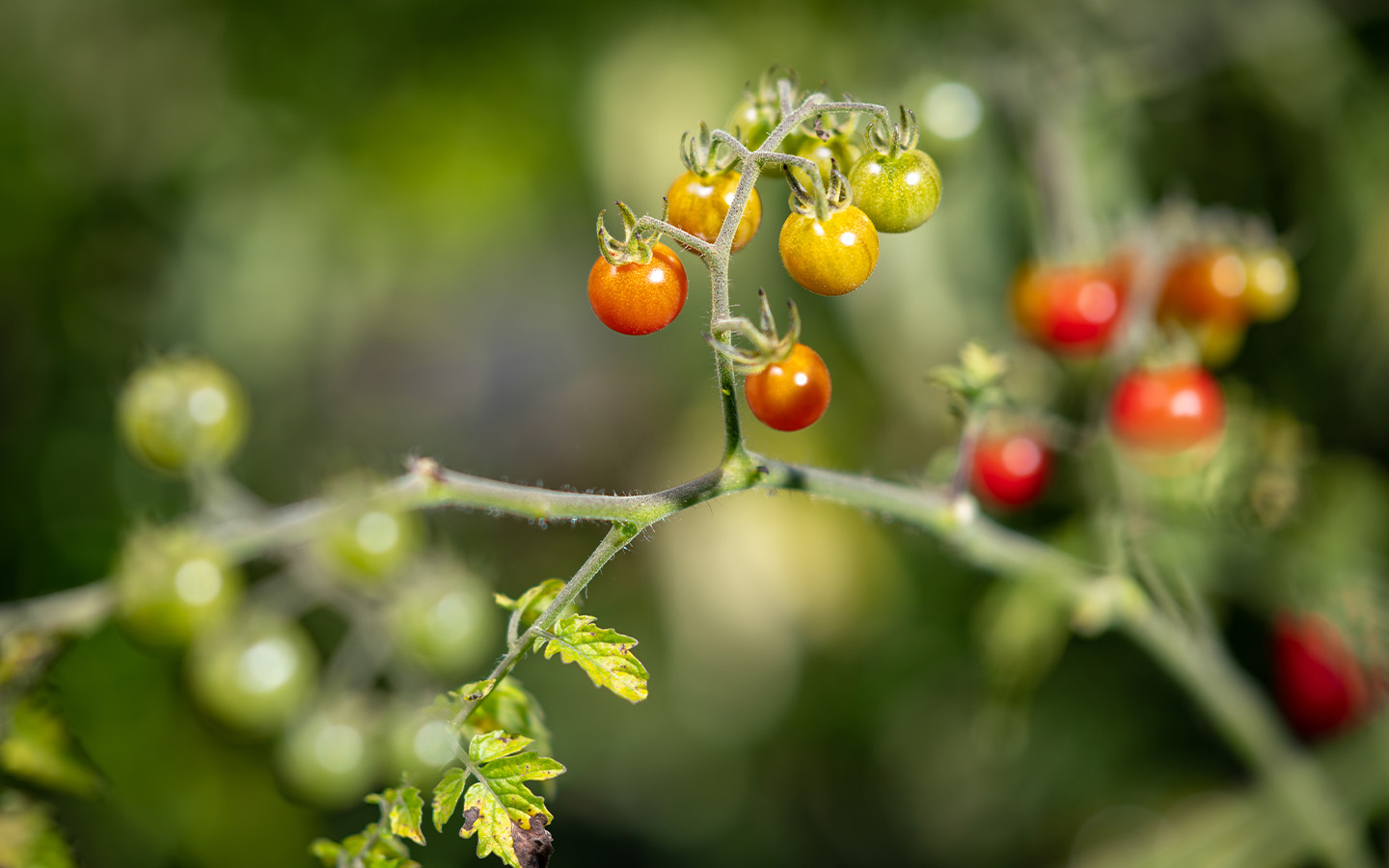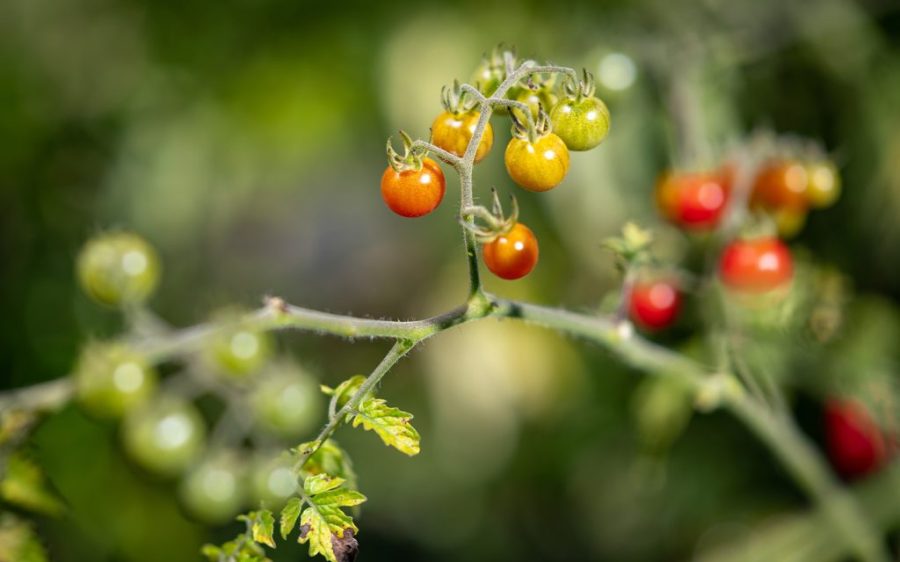A wild tomato seemingly reversing millions of years of evolution could help us develop new medicines, better pest resistance and safer food.
The Galápagos Islands, a remote chain of volcanic islands in the Pacific Ocean, played a significant role in helping a young Charles Darwin formulate his theory of evolution. The tiny archipelago is once again making evolutionary waves, reports SciTechDaily, as a team of researchers from the University of California (UC) Riverside, discovered that wild tomatoes on the western islands appear to be “de-evolving.”
Descended from South American varieties, whose seeds were likely brought to the island by birds, these tomatoes have begun producing a toxic blend of chemicals not seen in the species for millions of years. The combination of alkaloids found in tomatoes on the western islands are more similar to those found in eggplants than to modern cultivated tomatoes.
The study, published in the journal Nature Communications, posits the change as a potential case of “reverse evolution,” in which traits resembling those of distant ancestors reappear. While it can happen, the phenomena occurring via identical genetic mechanisms – as it appears to be in these tomatoes – is exceptionally rare.
Located more than 1,000 kilometres off the coast of Ecuador, the Galápagos Islands formed through a lengthy process of volcanic eruptions, which continues today. The eastern islands are the oldest, making them both smaller and richer in vegetation than the younger, western islands, famed for their other-worldly lava landscapes. This stark contrast in environment, the researchers posit, may be the reason wild tomatoes on the western islands have returned to a more toxic past.
[See more: The Galápagos Islands are cracking down on overtourism]
Tomatoes, along with eggplants and around 2,700 other species, are part of the nightshade family. Plants in this family produce hundreds of alkaloids that act as a natural pesticide, protecting the plant against insects, fungi and herbivores. The researchers looked at more than 30 wild tomato specimens collected from different locations across the Galápagos and found that those growing in the eastern islands produced alkaloids akin to those found in modern cultivated varieties.
Tomatoes from the western islands, however, are synthesising a molecule that matches the chemical profile of ancient eggplant relatives. The difference comes down to the spatial arrangement of atoms within a molecule, known as stereochemistry, which allows two compounds with the same atoms to have very different functions.
To understand how the wild tomatoes in the western islands changed, the research team examined the enzymes that assemble these alkaloid molecules. They discovered that changing just four amino acids in a single enzyme was enough to switch the molecule’s structure from modern to ancestral, reproducing the effect in the lab by coding the enzymes and inserting them in tobacco plants, which began producing the same ancestral alkaloids. They then verified the direction of the change through a type of evolutionary modelling that uses modern DNA to infer the traits of lost-extinct ancestors.
It still may not qualify as “reverse evolution” – a process observed in snakes, fish and bacteria, but rarely so clear or chemically precise – but whatever the case, the stereochemistry displayed offers new insights and potentially new opportunities.
“If you change just a few amino acids, you can get a completely different molecule,” Adam Jozwiak, a molecular biochemist at UC Riverside and the study’s lead author, told SciTechDaily. “That knowledge could help us engineer new medicines, design better pest resistance, or even make less toxic produce. But first, we have to understand how nature does it. This study is one step toward that.”






